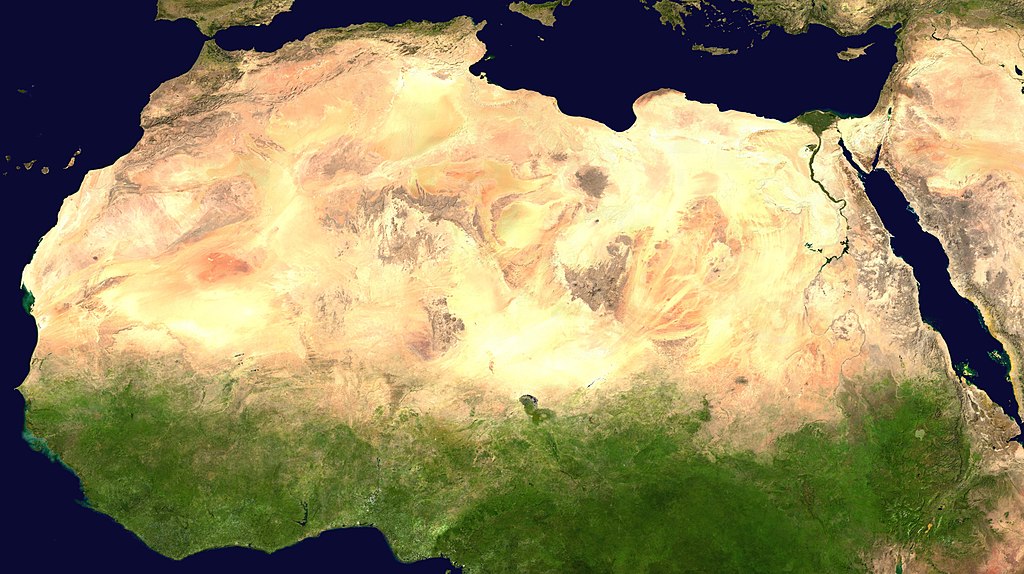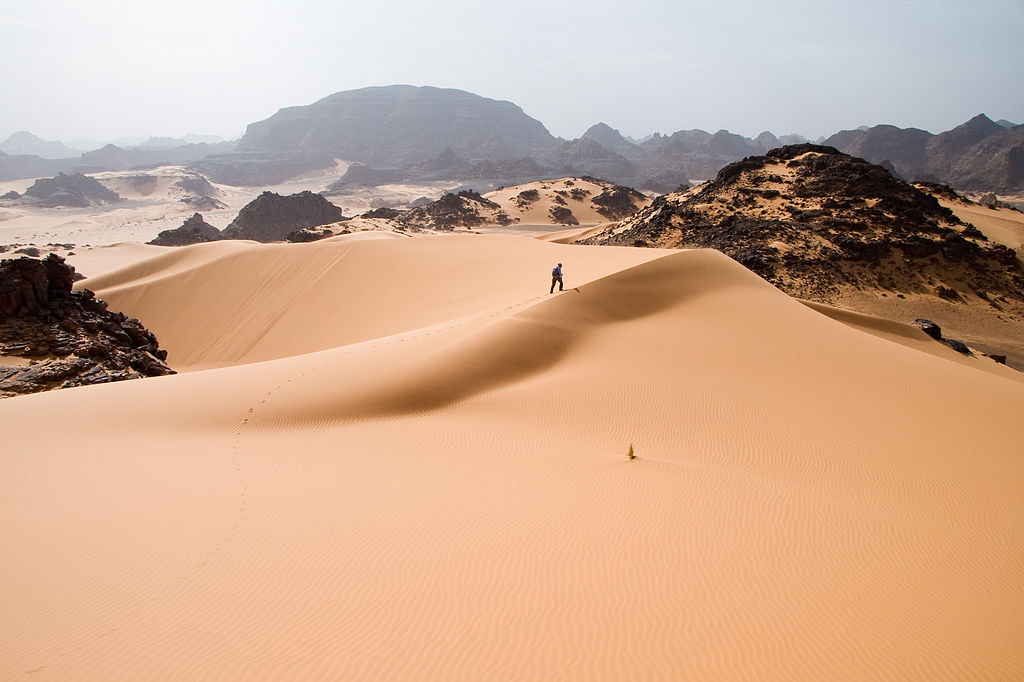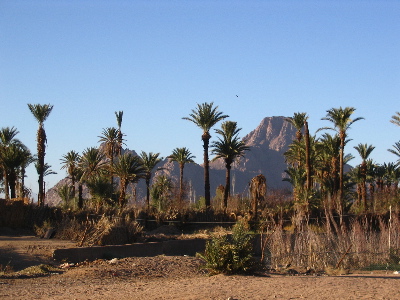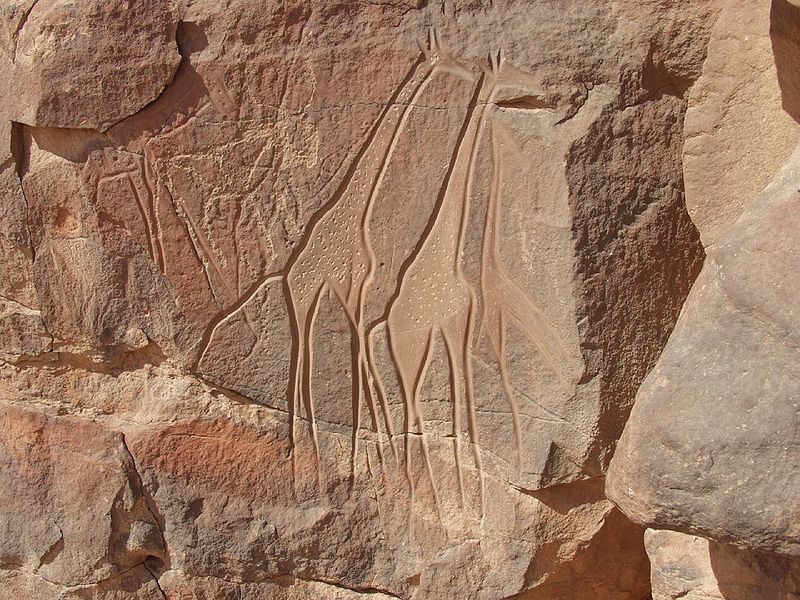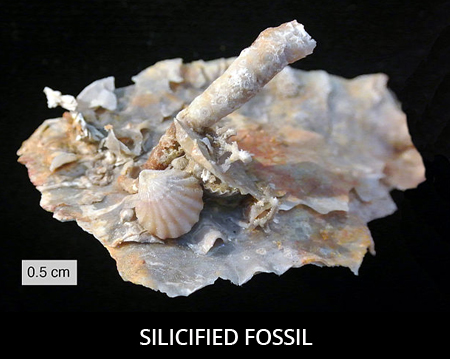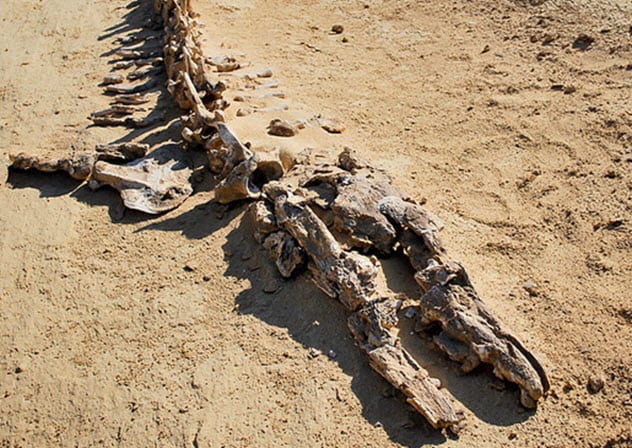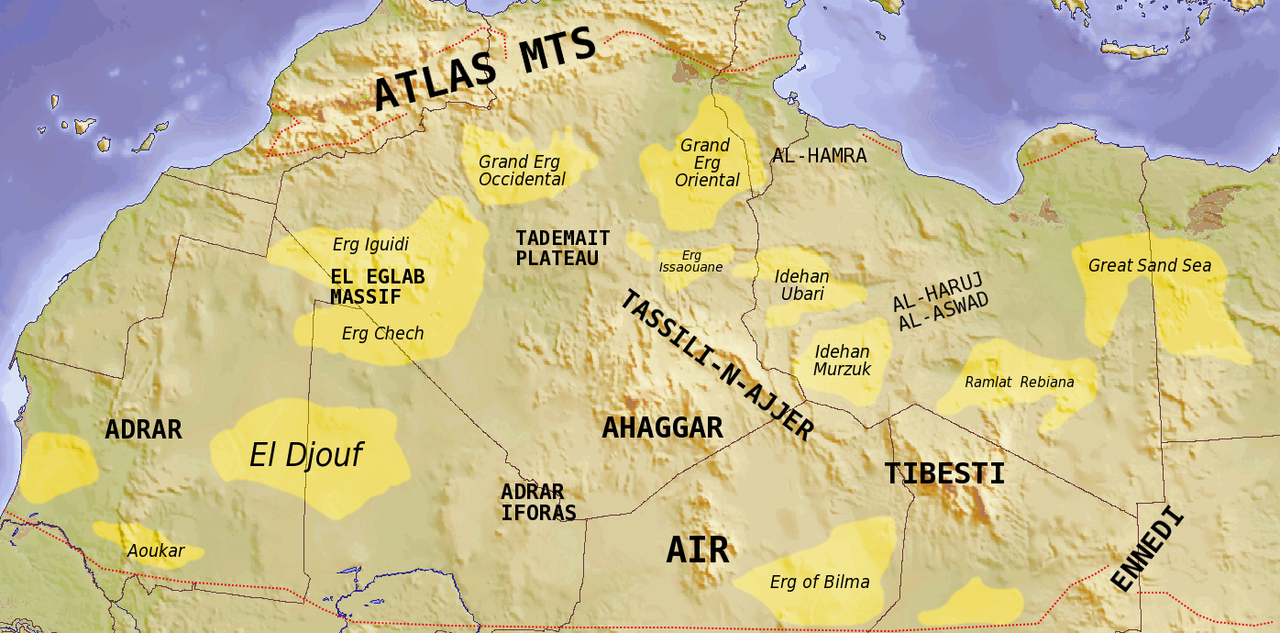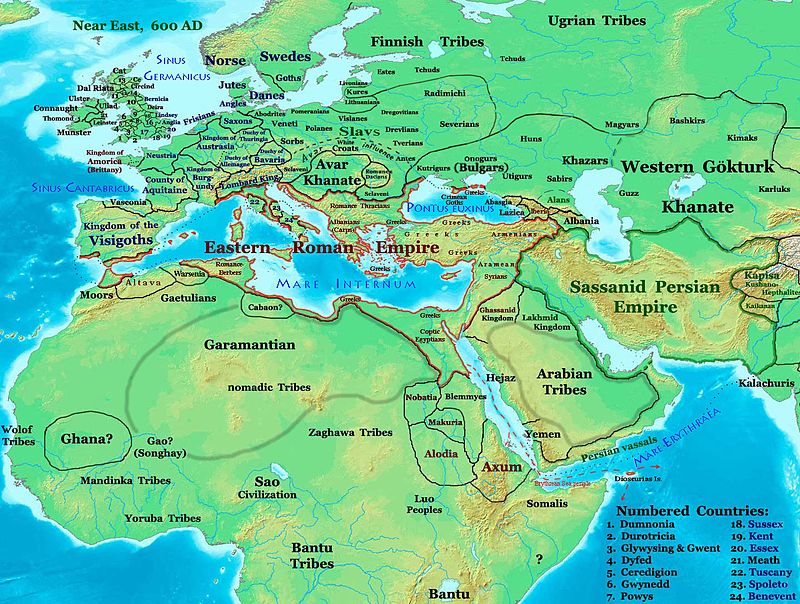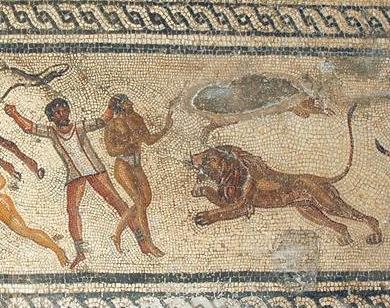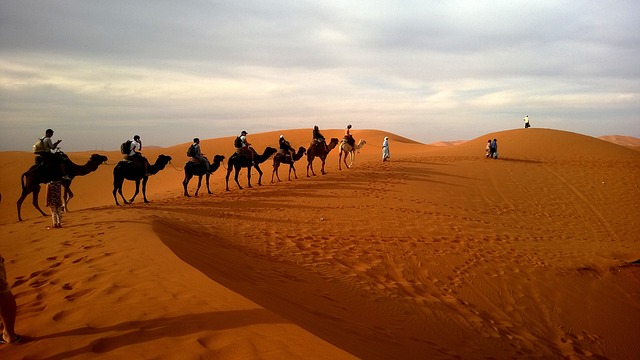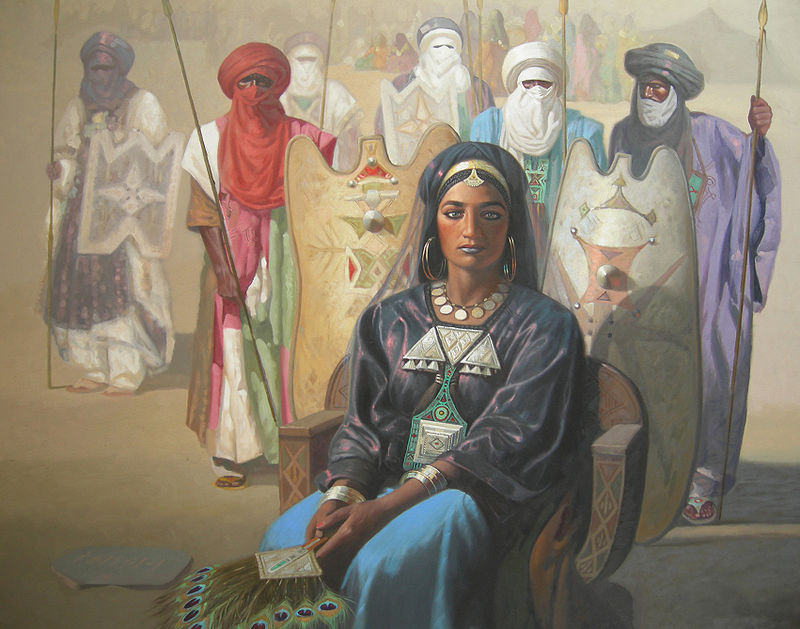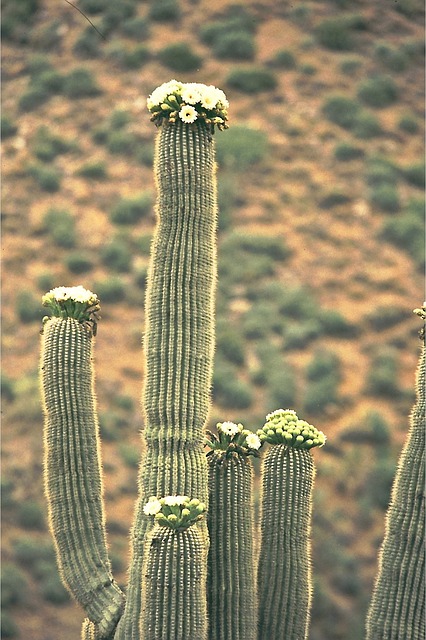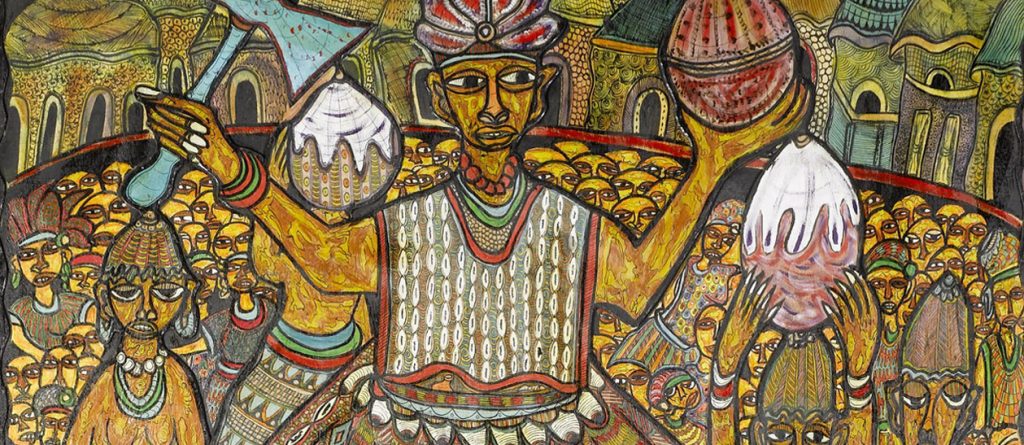Sahara Desert Facts
Today, the Sahara Desert covers an area as large as the United States, with less than one person per square mile living there.
This means that there are huge areas of it that are totally empty and the people that live there inhabit one of the harshest environments on the planet.
But, did you know that, 10,500 years ago for a short time, the Sahara was a lush land full of green grass and water?
The Sahara was not always a desert
Scientists believe that for a period of 500 years, the Sahara was inhabited up to 250 miles further south than it is today.
When the monsoons ended and the Sahara returned once more to desert, people moved back towards the Nile Valley and Egypt.
This happened around the same time as the era of the Pharaohs of Ancient Egypt (the pharaonic society).
We know that the Sahara was not always a desert because of rock art and archaeological evidence. Ancient rock art from southwest Egypt shows us pictures of human beings paddling in the pools in the Sahara.
Stone artefacts and fossils have also been found scattered around in regions that are a lot dryer than they are today. There is evidence of humans and game animals, which include giraffes, elephants, rhinoceros and warthog.
Related: Animal facts.
We know there were lakes in the Sahara at one time. This is because fish bones have been found along what would have been the lakes’ shores.
There was even trade from as far as the Mediterranean.
Copper from Mauritania was also found among sites from Bronze Age civilisations.
Chariots in the desert
Chariots are normally associated with the Ancient Romans, Greeks or other civilisations. We think chariots were invented in around 3000 BCE in Mesopotamia, when metal working techniques improved.
They would not normally be seen as suitable transportation for desert environments.
This is why scientists were slightly puzzled to find pictures of chariots in the desert. There are some ideas about who used these chariots in the Sahara.
According to ancient Greek and Roman sources, a “very great nation” called the Garamantes lived in the Sahara desert.
The Garamantes: the first traders in the desert
The Garamantes lived in around 1000 BCE and there are pictures of their chariots in places as far south as Mali in West Africa.
These chariots were thought to carry salt cloth beads and metal goods in exchange for gold, ivory and slaves.
However, we are not one hundred per cent certain as to how these chariots were used and whether the real things looked exactly like the ones in the pictures.
Research has found that the Garamantes established lots of settlements and were clever farmers and traders.
They developed an underground tunnel system to extract water, which they needed to survive in the desert (which was, by this time, dry again).
Archaeologists have found no evidence of chariots themselves, so these images could just be representations of chariots that were seen elsewhere.
In any case, famous historians of Africa like Robin Law think that the Garamantes were “pioneers of the Trans-Saharan trade“.
This means that they were the first people to trade goods across the desert (trans means “across” in Latin). There are many other peoples who inhabit parts of the desert and who continued this trade for centuries.
The majority of these people are pastoralists (this means they are herders and cultivators). Generally speaking, in the Sahara, people living there are “nomads.”
This means that they move their houses around with them and travel from place-to-place.
There are lots of nomads around the world.
Nomads of the Sahara
The most famous nomadic group of the Sahara are called the Tuareg (they call themselves Kel Tamasheq). They ride on camels and travel long and far.
There are also people who live sedentary lifestyles in the desert. This means they stay in one place. Generally, these people live around oases.
Oases are little patches of water in the desert that allow plants to grow and humans to live.
Related: cactus plant facts.
You see, even though the Sahara seems uninhabitable, it depends really on how you live and when you lived.
The Sahara desert is a vast and wild landscape but, over the course of a few millennia, it has been traversed like a gigantic sea of sand by people, animals and even chariots!
Quiz Time!
How many years ago was the Sahara full of water and grass?
What does the rock art of the Sahara show us?
What do we think the Garamantes travelled in?
What was traded across the Sahara?
What does ‘nomad’ mean?

